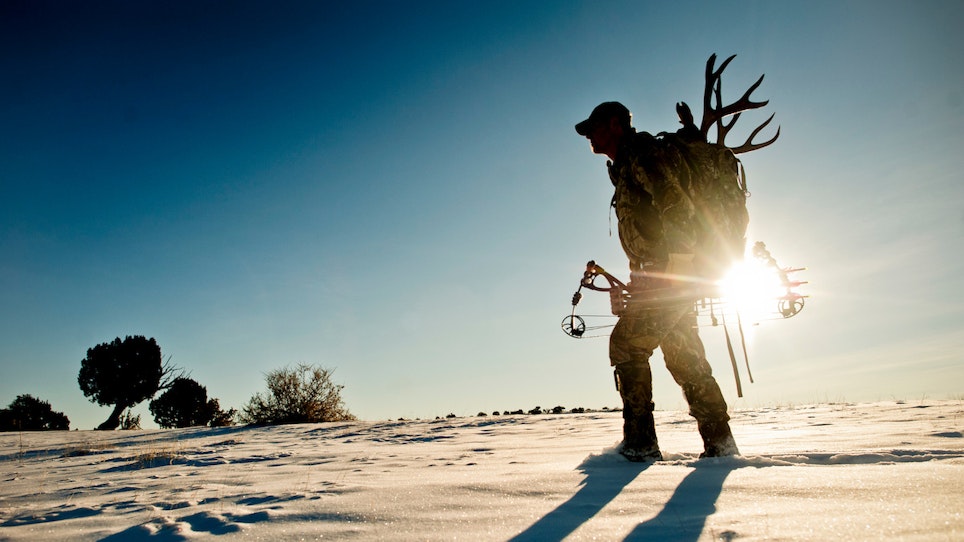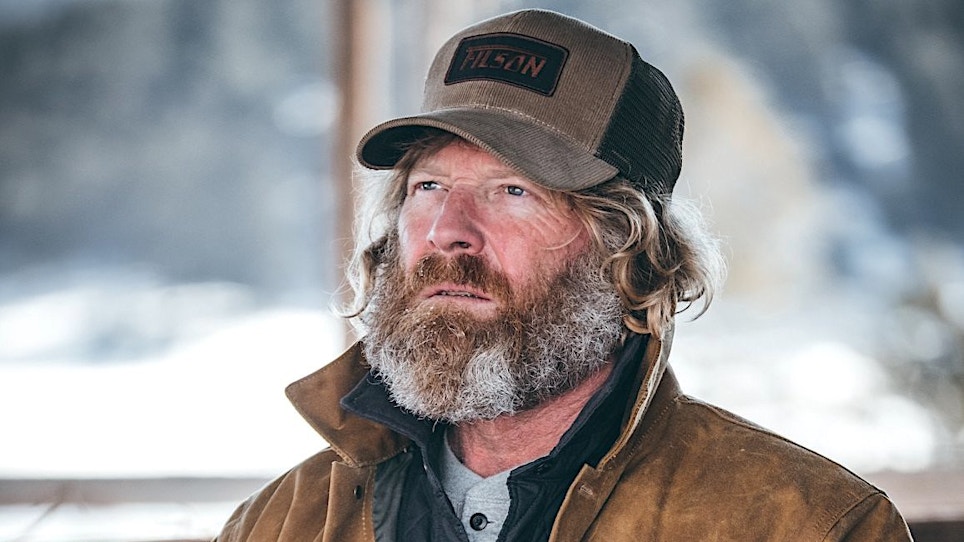If you dabble in the stock market at all, you’ve heard the term “trend line” before. In finance, a trend line is a bounding line for the price movement of a security, formed when a diagonal line can be drawn between a minimum of three or more price pivot points. Trend lines are commonly used to decide entry and exit timing when trading securities.
Hunting in America is experiencing a trend line of sorts right now. And if hunter numbers were an equity, the trend line would be telling you to sell.
Every five years year since 1955, the U.S. Fish & Wildlife Service has conducted a survey of hunter and angler numbers, the most recent survey was published in 2016. According to this survey, 11.5 million people aged 16 years or older went hunting in America. That’s just five percent of the total population. These hunters each averaged 16 days in the field annually, with 80 percent pursuing big game. Next in popularity was small game hunting, with 31 percent hunting rabbits, squirrels, and the like, and 21 percent hunted migratory birds like waterfowl and doves, and another 11 percent hunting predators and varmints. All told, that year these folks spent $25.6 billion on hunting.
These seem like impressive numbers — until you look at the trend line.

From 2006 to 2011, hunter numbers grew by a little over one million. During the 2011-to-2016 period, however, hunter numbers dropped 16 percent, or by 2.2 million people. Expenditures also dropped by nearly $11 billion, or 30 percent. Predictions are for these numbers to continue trending downward.
When it comes to deer hunters, the trend line is similar. The Quality Deer Management Association surveyed states in 2017 to access how hunter numbers have changed since 2007. They found that the trend line is also slightly negative, with a 6 percent decrease in the Northeast, 3 percent decrease in the Midwest and 2 percent decrease in the West. Only in the Southeast, where they found a 9 percent increase, were hunter numbers up overall.
The top five states showing deer hunter increases over this period were Tennessee (35 percent), Texas (28 percent), Georgia (21 percent), Idaho (17 percent) and Oklahoma (16 percent). The largest decrease in deer hunter numbers occurred in North Dakota (-30 percent), Vermont (-20 percent), Colorado (-17 percent), Virginia (-16 percent) and West Virginia (-15 percent). Overall, QDMA found there were approximately 10,027,759 deer hunters in America in 2017.
Why is this important? While I can think of many reasons, two really stand out.

First, the excise taxes paid by sportsmen and women on their purchases of guns, ammunition, archery equipment and related items. Plus hunting license and tag fees are what keep the doors open and the lights on with regard to conservation in America. The Pittman-Robertson Wildlife Restoration and Dingell-Johnson Sport Fish Restoration acts, enacted nearly eight decades ago at the request of hunters and anglers, are two of the most historically significant factors in the conservation movement. In 2017 alone, these two acts produced $1.1 billion in annual funding for state wildlife agencies.
Fewer hunters and anglers mean fewer collected excise taxes, which means fewer available dollars for conservation.
Secondly, fewer hunters mean fewer advocates for hunting, the North American conservation model, and our way of life. As our society continues to move further away from having a direct connection to the land and understanding how Mother Nature works in the real world — not as portrayed in some Disneyesque movie — an increasing number of people lack an understanding of how important the role of sportsmen has been and continues to be. Sportsmen keep the environment and our wildlife populations healthy. Couple that with the fierce and never-ending assaults on hunting initiated by well-funded and organized anti-hunting groups — people who rarely, if ever, let the truth get in the way of their narrative — and it’s not hard to see tough times ahead for hunters across America.
Reasons for Declining Hunter Numbers
There are many reasons for declining hunter numbers. The Baby Boomer generation has, by and large, spurred hunter growth for decades. However, that generation is getting older. And as it ages, fewer Boomers are hunting.
Subsequent generations have not taken to the woods in numbers strong enough to replace this decline. There are many reasons for this, of course. The urbanization of America, where development continues to gobble up open space where people used to hunt, is a big factor. Many private landowners, who decades before welcomed courteous hunters who asked permission, now often post their land or lease it to those with deep pockets. Several studies I’ve seen over the years point to access. There's a lack of places to hunt. As a result, many people either give it up, or shy away from it to begin with.
And the number of single-parent households, usually headed by women, is steadily rising. Moreover, most of these women aren’t hunters, meaning their children don’t have a mentor at home who can teach them.
All hunters today need to be involved in recruiting new people into our fold. Have you ever taken a non-hunter along with you, scouting, setting stands, preparing for the upcoming season, and then, once it rolls around, offered to take them with you? Even if they don’t hunt, just experiencing the wonders we often take for granted is sure to get them interested in learning more. It’s the only way we can hope to reverse the trend line.
Have you mentored new hunters? How can we slow the decline? Drop me a note at bob.robb@grandviewoutdoors.com; I’d love to hear from you!






